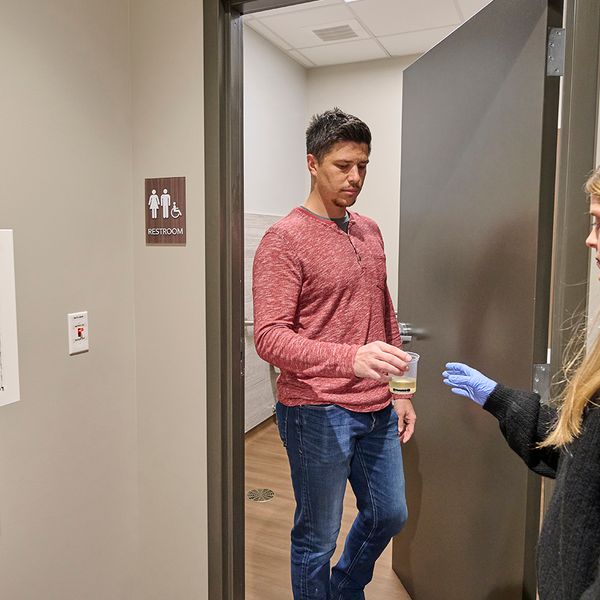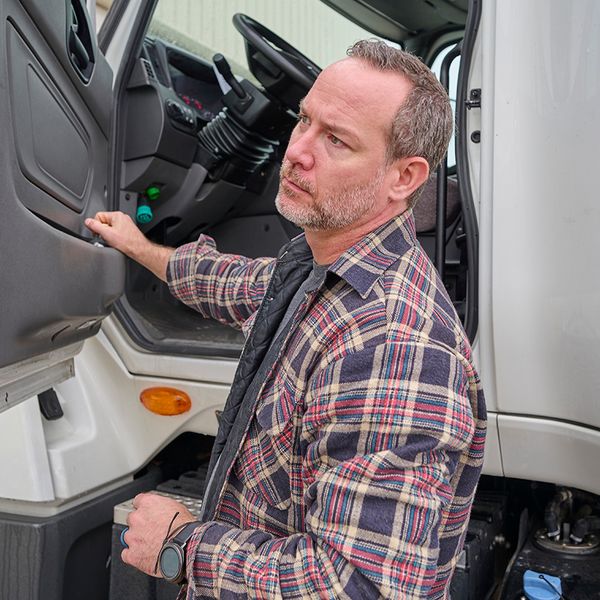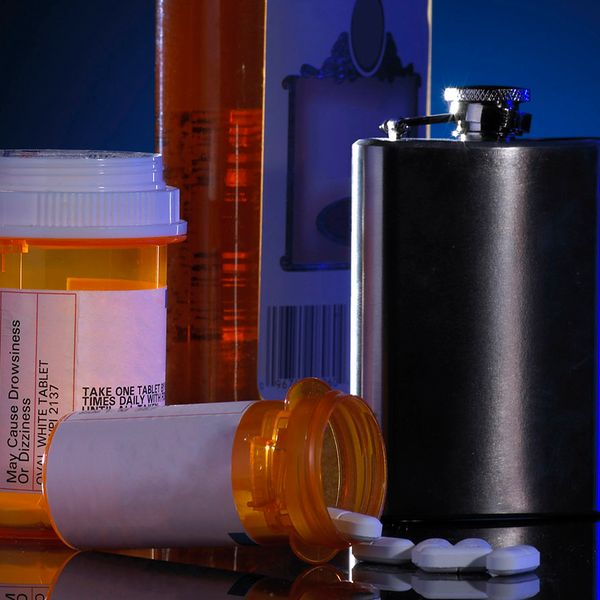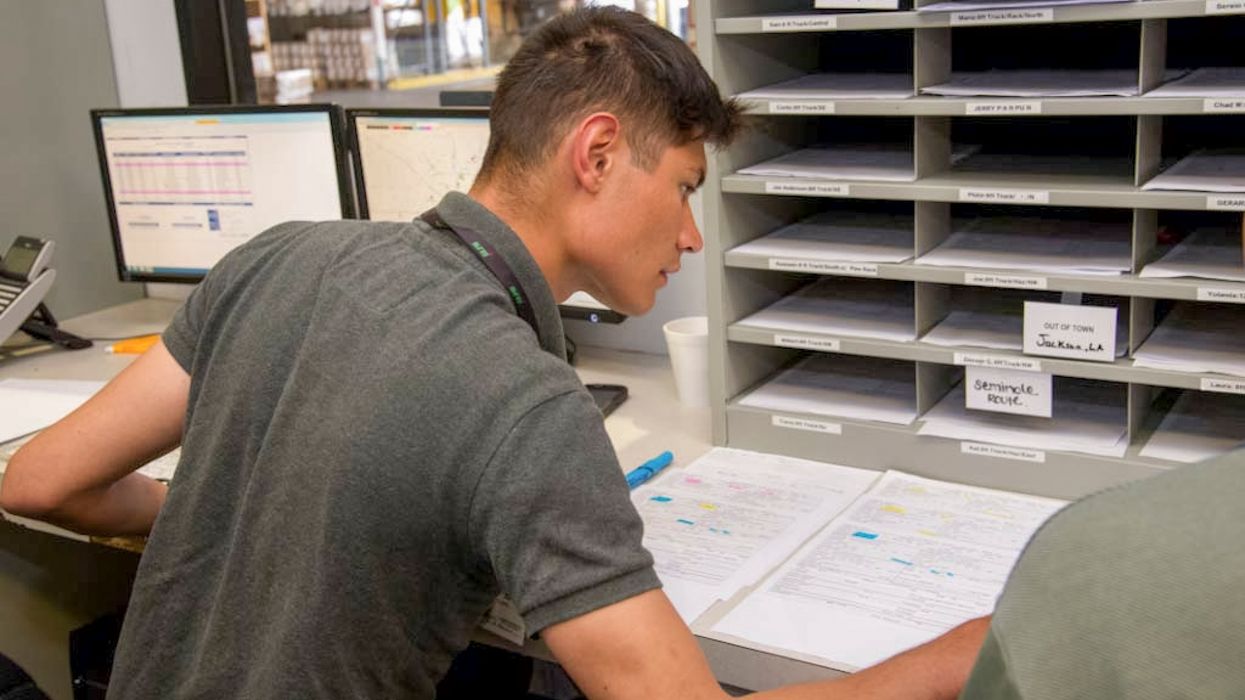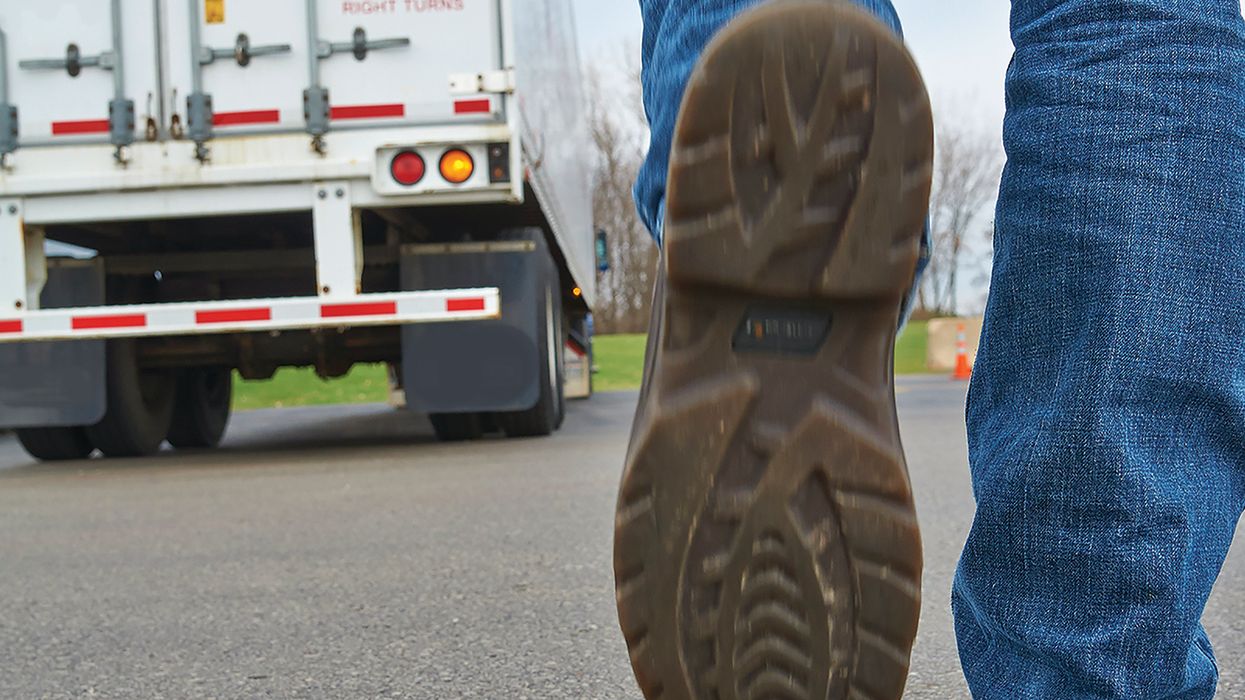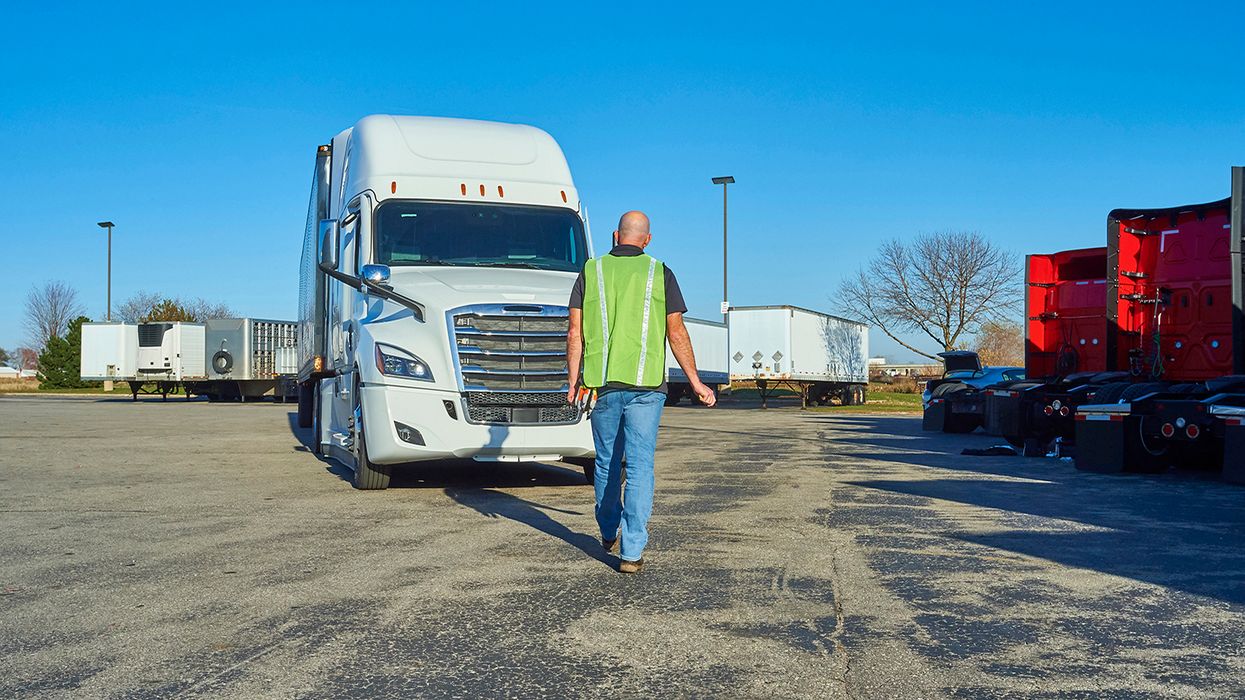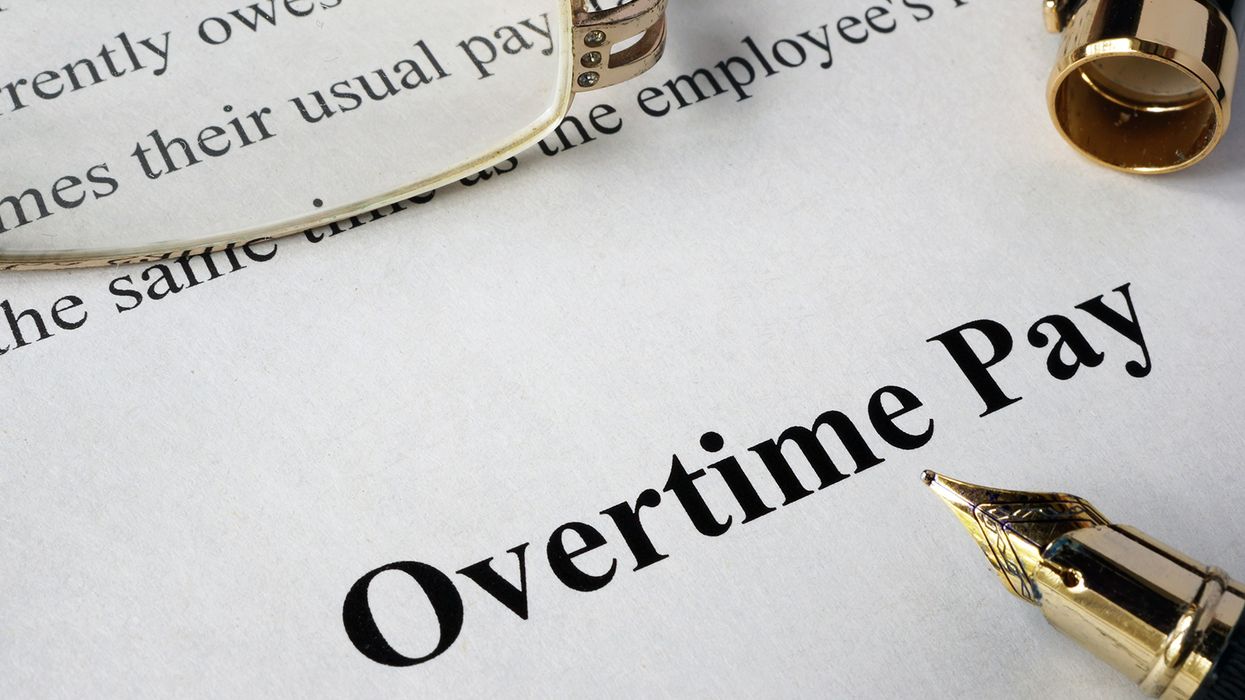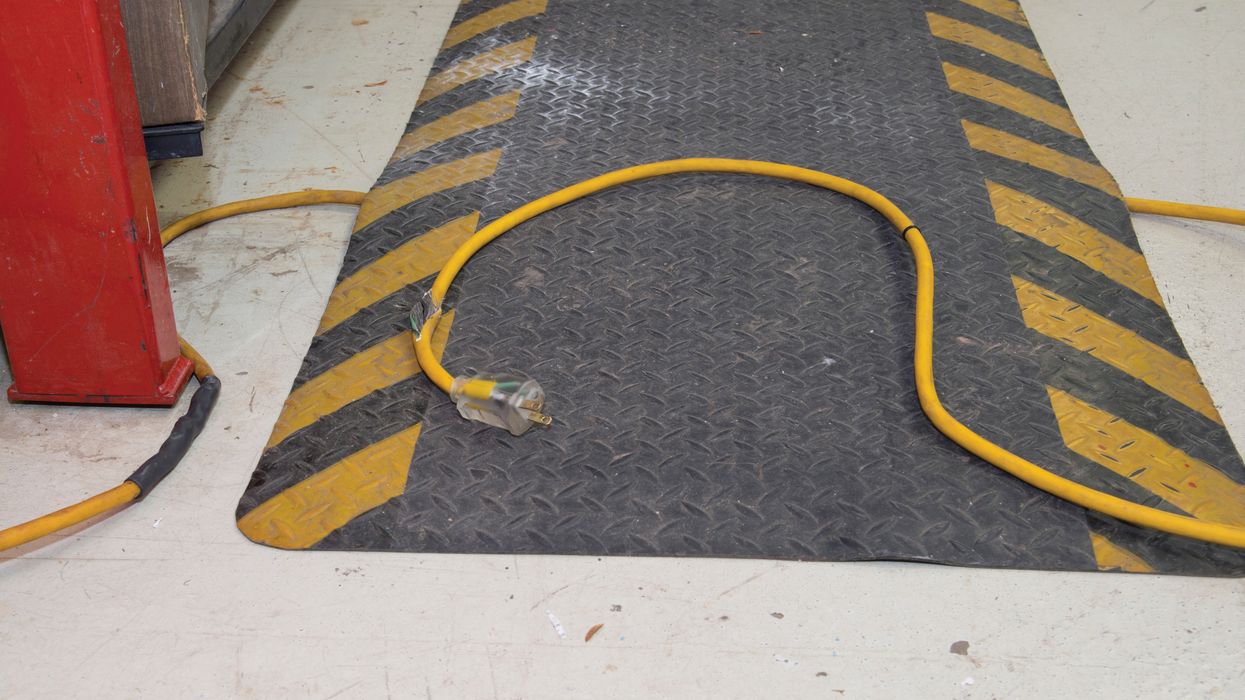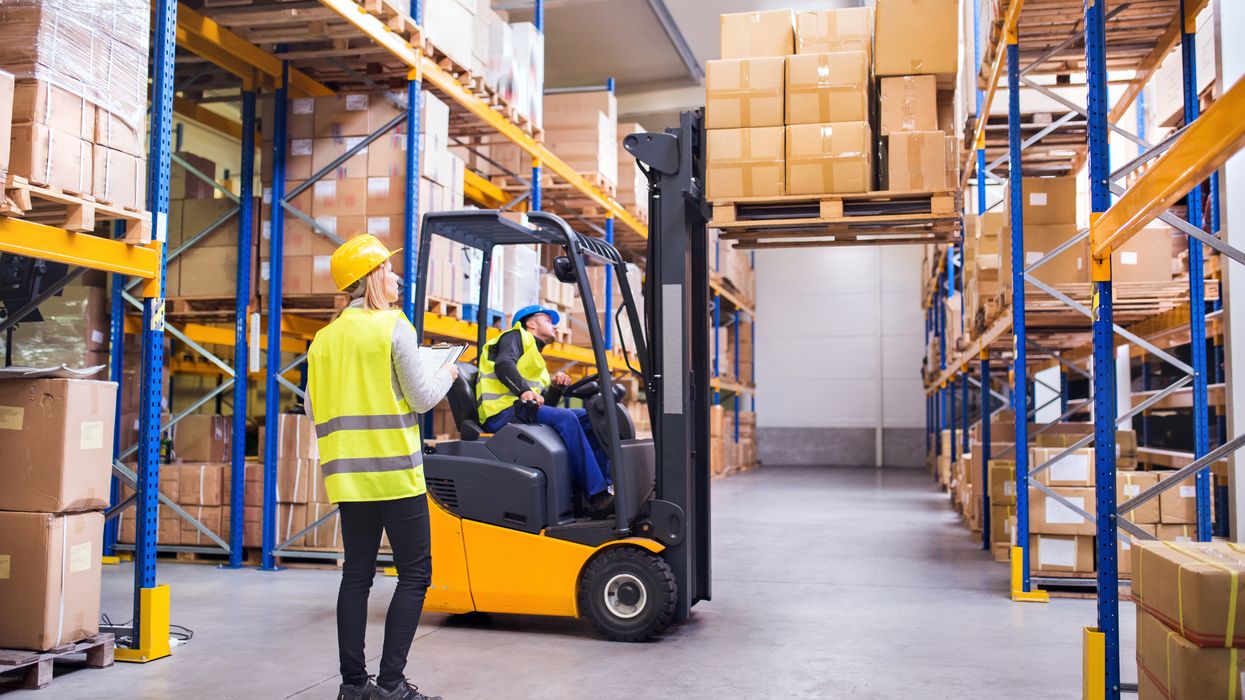Do you know how to handle these uncommon pre-employment drug testing situations?
With high driver turnover, chances are good that you’re spending a lot of time vetting potential new drivers. Most of the time, you make a conditional offer of employment and send a prospective CDL driver for a pre-employment drug test. The test comes back negative and you’ve got yourself a new driver.
What happens when the situation plays out differently, though? Here’s how to handle several special situations in pre-employment drug testing.
- The driver won’t agree to take a pre-employment test or the driver doesn’t show up to the collection site. Pre-employment tests are different from all other Part 382 test types when it comes to refusals. Prospective employees are allowed to change their minds about taking a pre-employment test. If they say they don’t want to test or don’t show up for a scheduled test, it does not count as a refusal. The employer can’t hire the individual to perform any safety-specific functions, but the individual has not committed a Part 382 violation and should not be reported to the Drug and Alcohol Clearinghouse.
- The driver agrees to take a pre-employment test but shows up late to the collection site. This is another example of a pre-employment test being different from other test types. A driver who shows up late for a pre-employment test can still be allowed to test or the test can be rescheduled. It does not count as a refusal and should not be reported to the Clearinghouse.
- The driver starts the testing process and then decides not to complete the pre-employment test. Drivers are allowed to change their minds up until the point at which testing begins. Once a collection container is selected by either the collector or the driver, testing has begun. If the driver decides not to continue with the test after the container is selected, it is considered a refusal to test. This is a Part 382 violation and the company that sent the driver for the pre-employment test is responsible for reporting the refusal to the Clearinghouse and providing the driver with a list of substance abuse professionals (SAPs).
- The driver can’t produce an adequate sample and is directed to undergo a medical evaluation. In a “shy bladder” scenario, the medical review officer (MRO) will treat a pre-employment test the same as any other test type: The driver will be directed to undergo a medical evaluation to determine whether a medical reason explains the driver’s inability to provide an adequate urine sample. If there is no medical explanation, the MRO will report this as a refusal to the Clearinghouse and the company that sent the driver for the pre-employment test must provide the driver with a list of SAPs. There is one caveat in this scenario: If the driver was not made a contingent offer of employment prior to taking the pre-employment test, the MRO will cancel the test.
- The driver takes a pre-employment test, and the MRO orders another collection. As in the previous bullet, once the testing process begins, a driver cannot quit the process without it counting as a refusal. This extends to additional tests that are ordered by the MRO. If a prospective employee refuses to complete a test that is ordered by the MRO, it is considered a refusal to test. The company that sent the driver for the pre-employment test is responsible for reporting the refusal to the Clearinghouse and providing the driver with a list of SAPs.
- The driver takes a pre-employment test and the result is negative dilute. If the MRO orders a recollection, the driver must comply. If the MRO doesn’t order a recollection, then the next step depends on your company’s drug and alcohol policy. If it is your policy to send prospective employees for a recollection when the first collection results in a negative dilute, then the results of the recollection become the test of record. If the driver refuses to comply with the recollection, the driver has refused to test and the company must report the refusal to the Clearinghouse and provide the driver with a list of SAPs. If the result of the recollection is positive, it is reported to the Clearinghouse by the MRO. The employer must provide the driver with a list of SAPs.
- The driver takes a pre-employment test and the result is positive, including positive dilute. As with all Part 382 drug tests, a positive test result is a violation that must be reported to the Clearinghouse. When there is a positive result, the MRO will report the violation to the Clearinghouse. The employer must provide the driver with a list of SAPs.
Note that a positive drug test does not mean that your company cannot hire an individual; however, the individual can’t be hired to drive any CMV (including non-CDL CMVs) until after the return-to-duty process is completed and a negative return-to-duty test is entered into the Clearinghouse. If you decide to hire the driver, the return-to-duty process and follow-up testing — which will include a minimum of six tests over a year but could last as long as five years — will be conducted under your company’s Part 382 program. If the driver leaves your company at any point before completing the prescribed follow-up tests, then the driver will need to be employed by another company with a Part 382 program in order to finish the return-to-duty process and/or follow-up testing.




